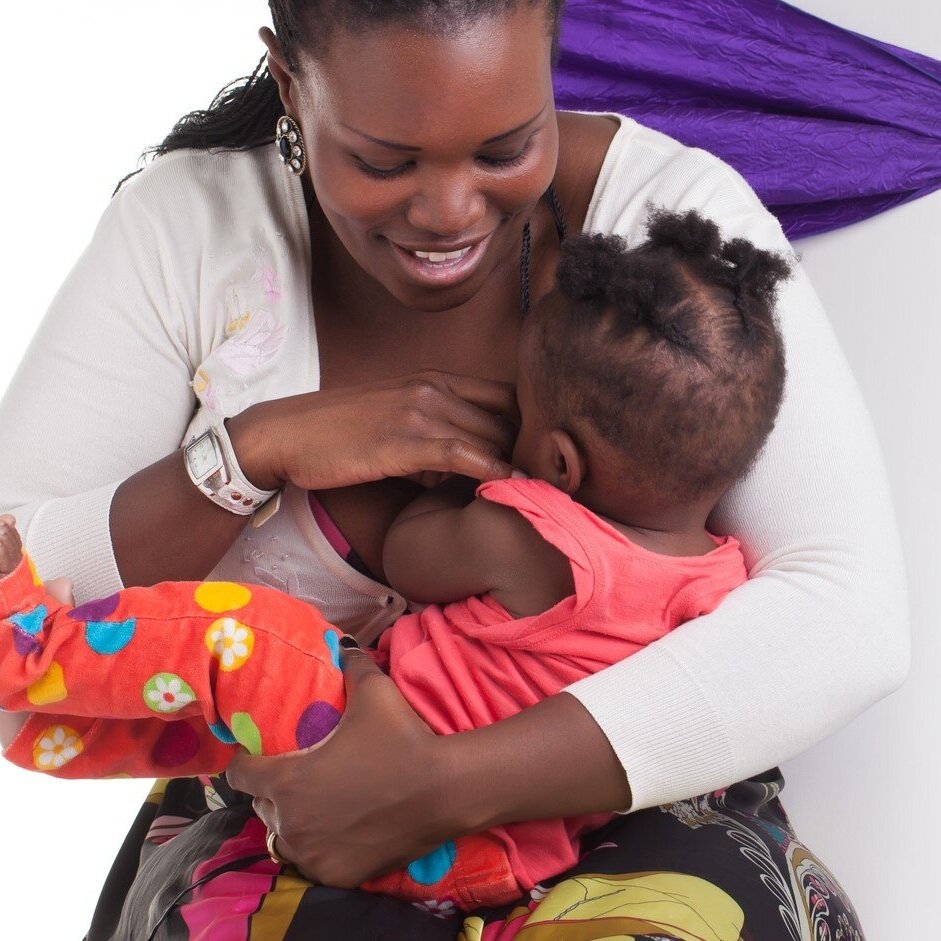
Getting off to a good start
For some breastfeeding just happens, but for the majority of us it takes a bit of effort. As with all challenges in life, research and preparation is a good idea. Research can involve books, journals, films and even groups; there are plenty of support groups for pregnant and new mums that will help in getting you started. Asking your midwife is key as they will be able to give you some advice and point you in the direction of local groups and services.
Our advice for getting off to a good start is based on understanding the physiology of breastfeeding i.e. how our boobs work! It’s a good idea to swot up on this as it help understand the advice so we’ve written a handy summary. But if you want to skip straight to the practical advice, read on!
Remember : you have a voice.
This is the most important bit of advice we can give you. Your wishes and needs are key.
Write down your feeding wishes in your antenatal notes and make your midwife aware as they will be able to assist you trying things out. It is very easy to be overwhelmed in the early days and to feel impotent in your feeding journey, like you are just along for the ride. If you feel out of control, take stock, take a deep breath and try and focus on things that are important and would help, write them down if it helps. Voicing these out loud with loved ones and healthcare professionals (and Team Feed if you need us) is sometimes all it takes to regain control.
Early and often
The earlier you get started with breastfeeding the better. That’s not just because you will have the most support with feeding immediately after delivery but also it is a good time to stimulate your milk supply and start learning. It’s a two way learning curve, with both mum and baby needing to master new skills. You may hear people talking about ‘the golden hour’. This is the first hour after delivery and a time to get as much skin to skin as you can. For some, this will be impossible as there may be things preventing you from cuddling your baby. Try not to worry about a delay in skin to skin. As soon as you are able and it is safe to do so, then get those cuddles in.
Skin to Skin
One great way to help things along is to stimulate the production of oxytocin by touch via skin to skin. Research suggests skin to skin can help with breastfeeding initiation.
Skin to skin is when your baby is stripped down (you can keep the nappy on if you want to to avoid being pee’d on, or worse!), and he or she is placed on your bare chest. Blankets can be wrapped over you to keep you both warm. It is pretty standard after delivery, including after caesarean births where possible, but it’s is a great way to rest with your baby anytime.
The benefits of skin to skin are not restricted to breastfeeding Mums. However you feed your baby, skin to skin will release oxytocin! It’s sometimes called the love hormone because it promotes bonding and because it’s mediated via touch, Dads, other parents, siblings and grandparents can all benefit, as cuddling, holding hands and stroking their wee faces will all result in the oxytocin rush.
Colostrum
Colostrum is the first milk, produced in the first few days after delivery. It's a concentrated thick yellow fluid made up of fats, proteins, lymphocytes, antibodies, growth factors (proteins that regulate cellular processes) and more. Colostrum also has a mild laxative effect in order to stimulate your baby to open their bowels and pass their first poo, also known as meconium. This in turn helps prevent build up of excess bile salts and thus helps prevents jaundice.
It is possible to harvest colostrum prior to giving birth and this can be of particular benefit for some groups of people. Those with twins and triplets (or more?), those who are at risk of premature delivery, those who are on certain medications that may affect supply and those with medical conditions that may affect supply. But actually anyone can harvest if they like.
Nailing the P&L
In the infant feeding world P&L refers to position and latch (not profit and loss as our accountant thought!) Soon after birth your midwife can help you try out different feeding positions and check that your baby has a good latch. They need to have a big wide mouth to take a good mouthful of nipple and breast. If you give birth in a midwife led unit or hospital, there will likely be an infant feeding Midwife whose role is to support new Mums with feeding, so make sure to take advantage of your stay and try and get a hold of them for some good advice. When you’re home, your Midwife or Health Visitor can be an excellent source of help. You can also read our handy guide to position and latch for some more information and check out our social media pages for peer support (and a natter!).
Be led by your baby
Feeding your baby on demand is the best way to ensure your baby is getting what they need, when they need it, whilst regulating your milk supply. If your baby feeds every two hours, then your supply will quickly respond to every two hours. Obviously babies are fickle and can chop and change, but usually supply is not far behind and will catch up, or slow down accordingly. So while you will have your own feeding cues, usually when your boobs feel like they are about to pop, your baby will also be telling you when they want a feed. Some Mums tune in quickly to their babies feeding cues, for others it takes a bit of time. If you don’t know, don’t worry, it is a learning curve, and a steep one at that. Here are some things you can look out for, whilst you learn to talk the baby talk.
Hunger Cues:
Early feeding cues: mouthing, licking lips, opening mouth, sucking a fist, rooting (head turning searching for milk).
Mid feeding cues: fussing, fidgeting, turning body, rooting (+++), stretching
Late feeding cues: crying, turning red, agitated.
Get all the help you can!
We have already said it, but we will say it again until we are blue in the face…. ask for help. There are plenty of people that can provide support, it is just about finding the people that you click with. Midwives and health visitors are usually a good source of advice and they can point you towards local resources.
Breastfeeding support groups are not all the same, there will be some that work for you and others that you want to run a mile from. So if you start with the latter, don’t give up, try something else. The online community is usually a great place to get middle of the night support. The national breastfeeding helpline is now open24/7.
Your midwife might want you to see your GP, they can help with medical treatments for damaged nipples, mastitis and thrush, they can also sometimes give advice on medical treatments for supply issues if warrented.
Don’t underestimate the mama village, it comes in many forms from online, friends and family. They not only can give you some #tipsforthetits but also be your sounding board and be the emotional support you need. Breastfeeding can be an emotional rollercoaster, it’s OK to say you’re not coping. Don’t forget we are always here and we welcome you to contact us with any queries.
